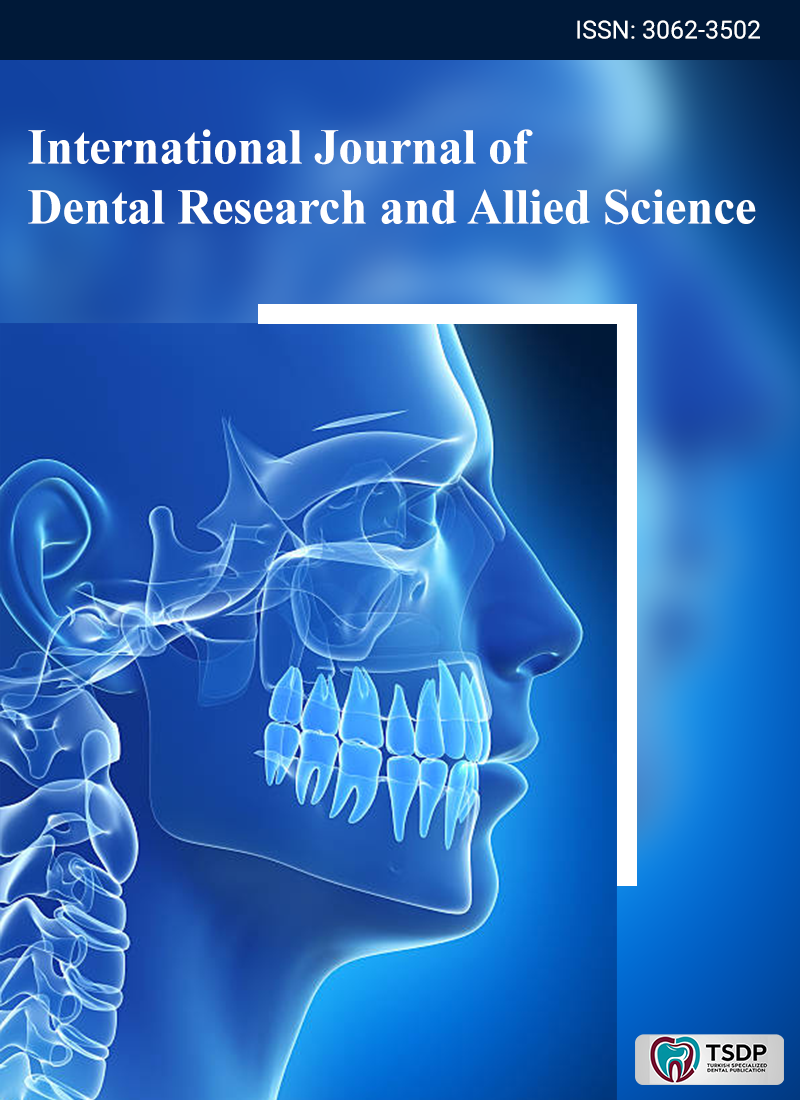
Various techniques for estimating age at death using dental analysis rely on microscopic, macroscopic, and biochemical methods. While microscopic and biochemical approaches can be effective, they are often costly, complex, and destructive to dental tissue, limiting the potential for future analysis. This article focuses on non-destructive methods for estimating age in human remains, particularly for juveniles by examining dental development and for adults through physiological analysis of dental tissues. Given the consistent nature of dental development, the method of “dental evolution” is most commonly used to determine the age of immature individuals. Age-related changes can be observed in three key stages of dental development: “calcification,” “tooth growth,” and “root apex closure,” all of which are recorded in standard tables and charts. For adults, dental wear, which begins with the eruption of permanent teeth, is a significant indicator of age and can be assessed based on its prevalence within a population. The continuous formation of secondary dentin is another biological marker of aging. As secondary dentin accumulates, the pulp chamber diminishes, and radiographic analysis of this reduction serves as a useful tool for estimating age. In addition, the translucent appearance of root tips in teeth is associated with aging, and the length of this translucency can be measured with high precision. However, further research is needed to refine these methods in archaeological specimens.